How connected TV is the IT thing for marketers and advertisers
Authored by Ms. Aanchal Gupta, Co-Founder & Director, QuantaFi Digital
People with tonnes of entertainment options at their disposal have changed the way they consume big-screen content. Technology and digitalization have blessed consumers with on-demand videos in the comfort of their homes. The growing buzz around smart television with OTT platforms has made connected TV significant for advertisers, and by getting a hold of it, they are able to reach their audience and engage them with the right message in the right place. With elevating demands, smart TV and OTT are going to grow at a stable rate of 5% between the forecasting periods of 2021 and 2026. The reason for this growth is the availability of low-cost internet and high-quality content. Moreover, the increasing demands have led to the phenomenon of "cord cutting," a trend in which customers are shifting to smart TVs by discarding their traditional cable subscriptions, which is proving to be a lucrative opportunity for advertisers in the domain of connected TV.
Connected TV: Changing the Dialogue for Advertisements and Marketing
The viewing expectations of the audience are changing day by day, and the need to understand these wishes and cater to them with spot-on solutions is what businesses are doing nowadays with the help of connected TV. When the audience logins to the OTT platform with their credentials, it allows the advertisers to target the viewers with the appropriate content, while digital attribution bridges the link between exposure and engagement. Furthermore, the return data flow and rapid execution allow the buyers to analyse the campaigns with plenty of flexibility without any upfront commitments or lengthy lock-in periods.
Connected TV works well because it provides viewers with immersive and digital experiences while allowing for precise customer targeting. Leading Indian OTT platforms have already begun to offer connected TV as a targeting option.
CTV and IT methods used by the marketers
Marketers need to stay updated in terms of market trends, the needs of the consumers, and the expectations of the brands from the markets. Another big disruption in the advertising domain is going to be planning and buying connected TV at the helm of programmatic methods. This can be attributed to two things: the reasonable price points of the smart TVs and the low-cost fibre connections, which enable them to have seamless entertainment without any extra charge.
Moreover, CTV (Connected TV) benefits from being driven by real-time data when provided an opportunity for targeting prospects at local, household, or device levels. The marketers are also able to use the first-party data from their CRM (customer relationship management), online data, transaction records, website visits, and other touchpoints, which gives them an edge in devising the appropriate engaging methods for the target audience.
Another method used to retain customers is "frequency capping," which allows the media owners to know the maximum number of ads served to a customer because the phenomenon of consumer fatigue can be a brand killer while being a waste of time. In addition, competitive separation does not allow similar ads or content from the competitors to play regularly, which ensures that campaign standards are maintained.
The rise of on-demand consumption is improving the prospects
What differs between CTV and linear TV is the ability to activate, optimize, report, and adjust the ad campaigns according to the choices of the buyers. The digitalization of the TV buying workflow accelerates ad trading by allowing viewers to quickly change their spending commitments, allowing brands to target only customers who match their buyer personas. CTV is growing at a rapid pace, thanks to the rise of on-demand video consumption. Furthermore, with all the constraints in place and partnerships across the industry, the advertising platforms can leverage the participants in the system to reach their full CTV potential.
The Next Chapter of Growth and Innovation
For leading CTV innovations, digital media must be integrated with traditional media on a larger scale. Broadcasters and OTT platforms are working together to simplify access to the content and the process of buying it across multiple platforms, allowing the buyers to transact seamlessly. The challenges related to CTV such as identity, context, campaign planning, and outcomes are being paid attention to, and solutions are being devised to deliver top-notch services. CTV allows marketers to use data in a manner that linear TV is not capable of and allows them to reach the audience based on their preferences. As CTV marketing is getting popular in India as compared to the global markets it is a good time for the brands to enter this market and create an engagement funnel.




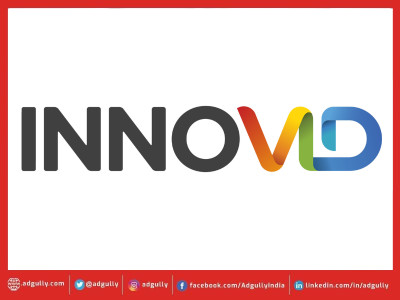
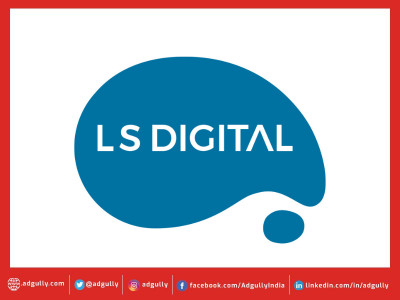
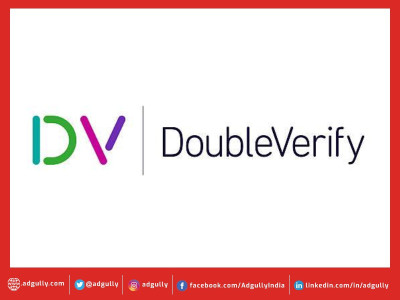
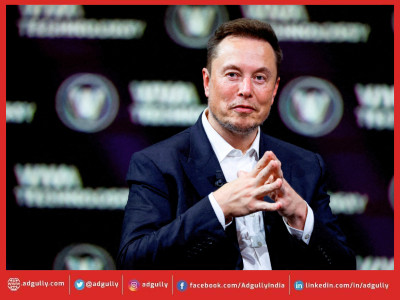

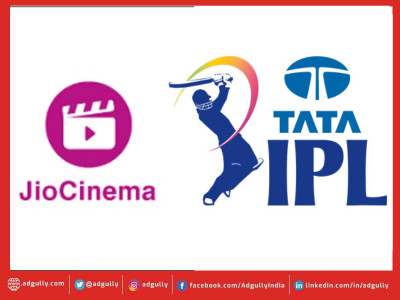


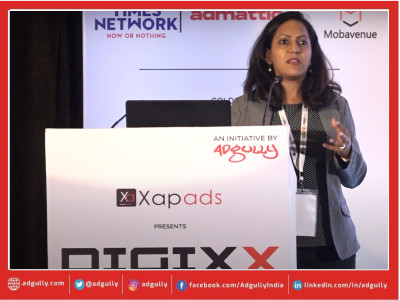





Share
Facebook
YouTube
Tweet
Twitter
LinkedIn